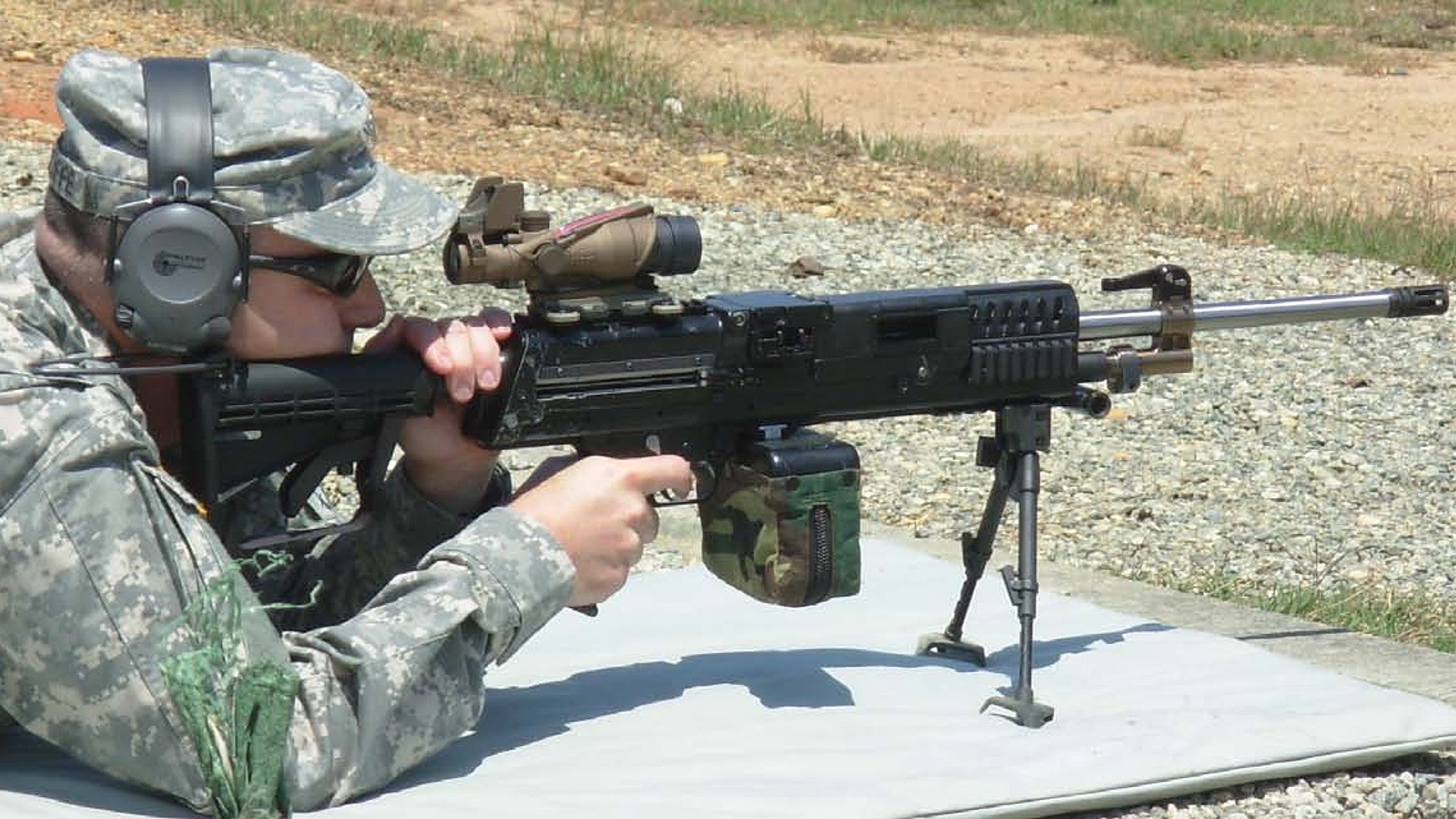The U.S. Army says, at least at present, it is only considering doling out new squad automatic weapons to front-line or “close-combat” units, while rear echelon elements would continue to use their existing M249 Squad Automatic Weapons for the foreseeable future. This comes soon after the service announced it had picked five companies to supply prototype designs, one of which could begin entering service as early as 2022.
Military.com was first to report the new details about which soldiers might get the guns after an interview with U.S. Army Lieutenant General Paul Ostrowski, the Principal Military Deputy to the Assistant Secretary of the Army for Acquisition, Logistics and Technology, earlier in July 2018. The service announced it had awarded developmental contracts to Textron System’s AAI Corporation division, FN America, General Dynamics Ordnance and Tactical Systems, PCP Tactical, and Sig Sauer as part of what it officially calls the Next Generation Squad Automatic Rifle (NGSAR) program on June 25, 2017. This notice on FedBizOpps, the U.S. government’s main contracting website, did not say what weapons each of these firms would submit.
“This is not for every soldier,” Ostrowski told Military.com. “We are looking at it for 100,000 close-combat soldiers.”
The Army started the NGSAR effort, which is ostensibly aimed at replacing the M249, in May 2017 and it has become a major priority for the Army’s Soldier Lethality Cross-Functional Team, or CFT. This organization is part of the service’s new Futures Command, which has the main objective of connecting service members, subject matter experts, and industry representatives to explore and develop new systems and technologies across a number of different functional areas.
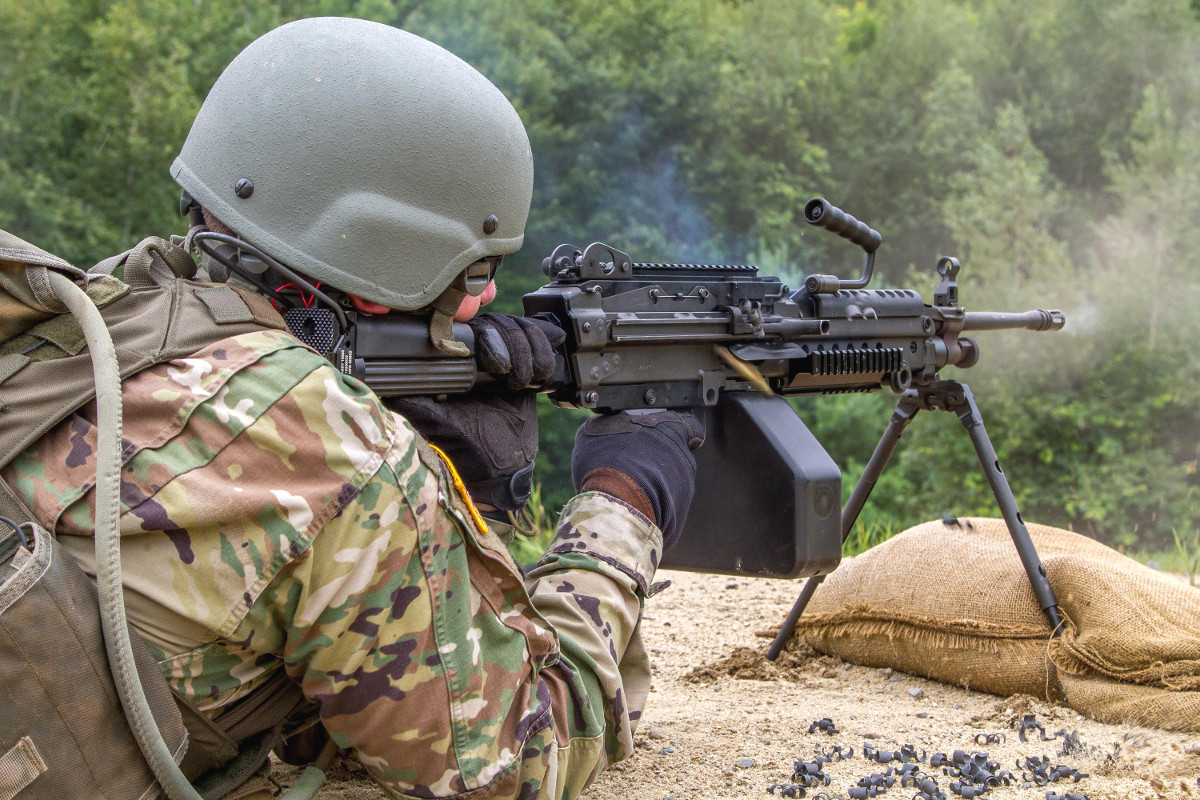
As such, the Army has given relatively basic requirements to the five competitors. “We have given them our priorities and said ‘innovate,’ and these companies are doing it,” Ostrowski said.
The empty weapon, consisting of the gun itself, a sling, a bipod, and a sound suppressor – an increasingly default accessory across the U.S. military – should weigh 12 pounds or less. The Army says that appropriate optical sights, aiming lights and lasers, and other “fire control” systems, which have to be suitable for use during the day or at night, shouldn’t add more than three more pounds to the system.
For comparison, a standard M249 with a full-size 20-inch barrel and fixed, polymer buttstock is approximately 17 pounds. The new weapon, with the suppressor attached and any folding or collapsible buttstock extended, also has to be 35 inches at most, which is more than five inches shorter than the SAW.
The suppressed weapon has to have a muzzle flash 80 percent less bright than the existing M249 and be no more than 140 decibels loud to the shooter. The latter requirement is a very modest goal, comparable to the sound of a jet engine at takeoff.
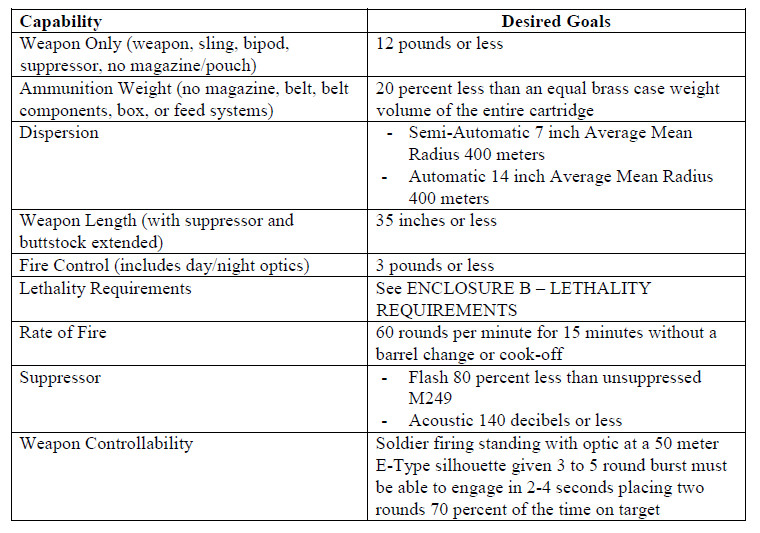
The Army wants the guns to be relatively accurate and user-friendly, with a shooter able to keep all their shots within a 14-inch circle out to around 440 yards. Soldiers must be able to, using an optic, engage a man-sized target at 55 yards within two to four seconds and hit them with more than half the shots from a three-to-five round burst. We don’t know whether these requirements are specifically for shooting the weapon prone from a bipod or offhand while standing up or kneeling, but it is likely there are other parameters that did not make it into the public documentation.
The gun also has to be able to withstand sustained fire. For the NGSAR program, the Army has defined this as firing at least 60 rounds every minute for 15 minutes without needing a barrel change or getting hot enough to cause the ammunition inside the gun to “cook-off” and fire inadvertently.
The ammunition the guns use is one of, if not the most significant requirement and the one that the Army has been the most tight-lipped about. The stated requirements simply say that it has to weight 20 percent less than an equivalent brass-cased cartridge in the same caliber.
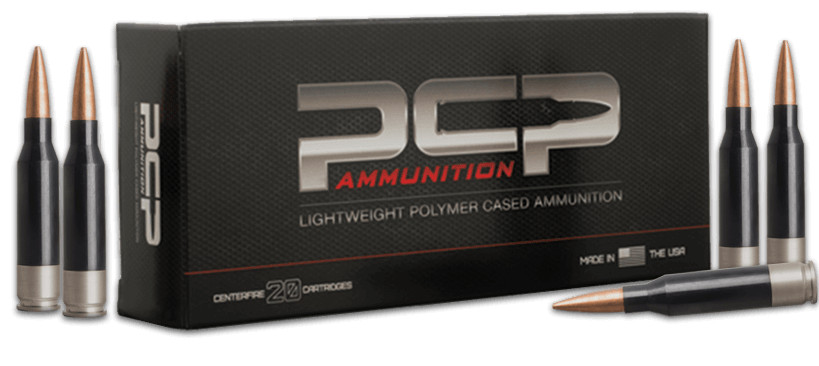
It is almost certain that the Army is primarily interested in a so-called “intermediate cartridge,” rather than the standard 5.56x45mm ammunition the M249 SAW uses now. This category of rifle and machine gun ammunition typically has ballistic characteristics that fall between 5.56x45mm and larger cartridges such as 7.62x51mm, with various 6mm types being the most common.
“We know that the 5.56mm is not going to be the round of the future because we have issues associated with adversaries’ body armor,” Lieutenant General Ostrowski made clear to Military.com. In 2017, the Army also briefly considered buying a small number of 7.62x51mm rifles for certain infantry units to address the threat of improving individual armor among potential high-end adversaries, such as Russia and China.
But there’s no apparent firm stipulation on what the prospective vendors have to do to reach these ammunition weight and lethality goals, either. Of all five competitors, AAI does seem to be particularly well positioned to begin with given its wealth of experience working with the Army on advanced ammunition, including cased-telescoped and caseless rounds. The former involves burying the actual bullet deep inside the case together with the gun powder, reducing its overall length and subsequently the necessary length of the weapon itself.
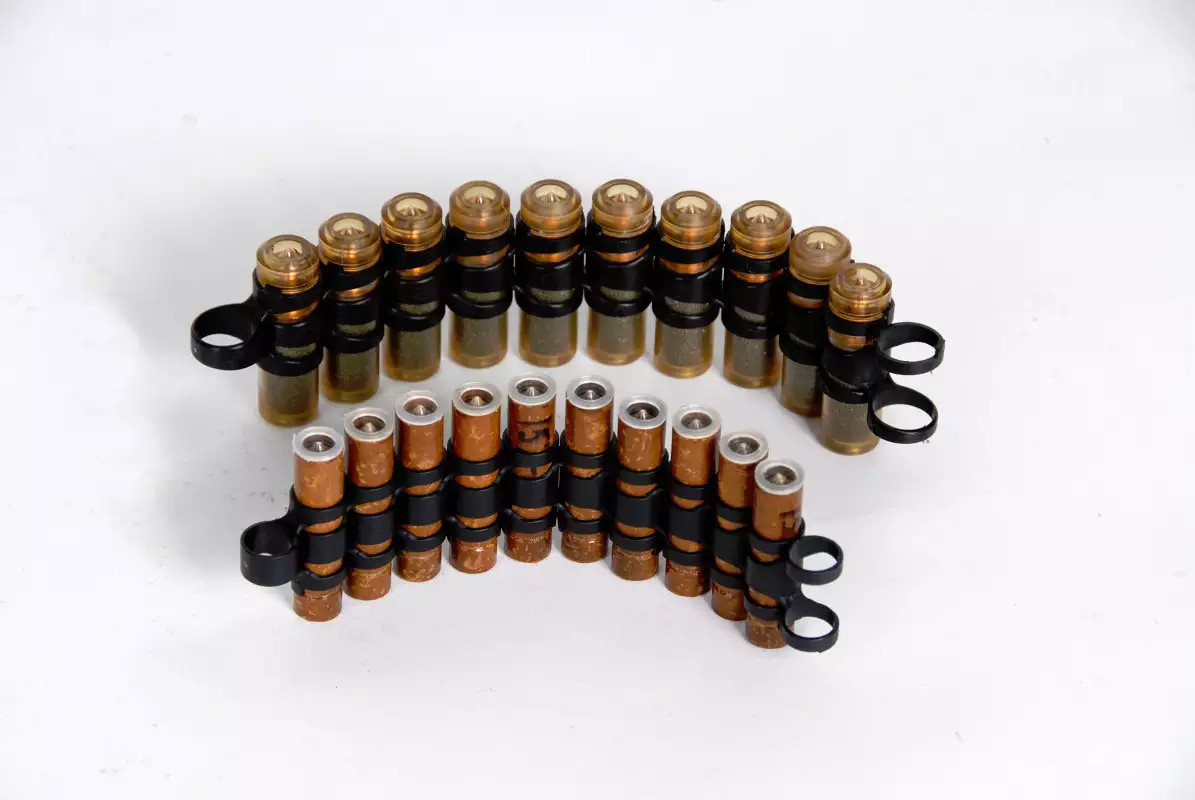
AAI has already built and demonstrated experimental squad automatic weapons and standard infantry rifles that use the cased telescoped rounds. The NGSAR program has reportedly been using the company’s weapons as testbeds already.
This doesn’t rule out significant challenges from the other competitors, though. According to Army documents that The Firearms Blog obtained, the service rated AAI’s weapon in a middle “blue” tier in both terms of both the maturity of the concept and feasibility for large-scale production, reflecting its still largely experimental design.

“Some will probably come with a polymer case that looks just like a current 5.56mm round except there won’t be as much brass [and] some will come with a polymer case that is of the non-traditional form,” Ostrowski explained. “We don’t know. We are allowing [companies] to make that decision.”
Only PCP Tactical’s proposal was rated “green,” or especially viable, in both categories. While we don’t know what the Florida-headquartered firm proposed, it’s major business is polymer-cased lightweight ammunition rather than firearms themselves. It seems very likely that they have pitched a conversion of an existing design, to use larger, but lighter rounds in an intermediate caliber such as 6.8mm. The Mk 48 Mod 1, a 7.62x51mm derivative of the M249, could be an ideal, in-service starting place for this design.
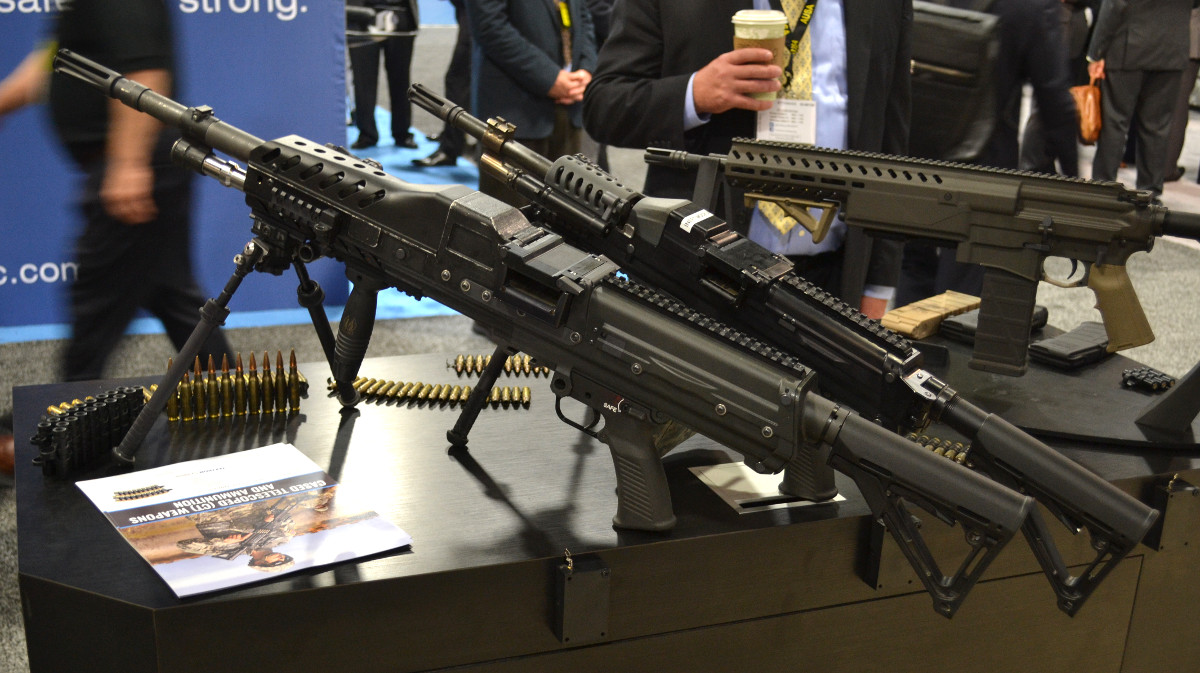
General Dynamics has similarly been working with the U.S. Special Operations Command and U.S. Marine Corps on a new machine gun that fits in between existing 7.62x51mm and .50 caliber weapons. It might be leverage aspects of this the increasingly mature Lightweight Medium Machine Gun (LWMMG) in developing a much more compact weapon that meets the NGSAR requirements. The Army also rated this firm’s concept as “green,” but put the feasibility of production into the middle “blue” category.
Sig Sauer was the only other company to receive a “green” rating on its concept, but again had a “blue” assessment when it came to feasibility. It seems almost certain that the company pitched a design based in some way on its increasingly popular
MCX brand of rifles and carbines.
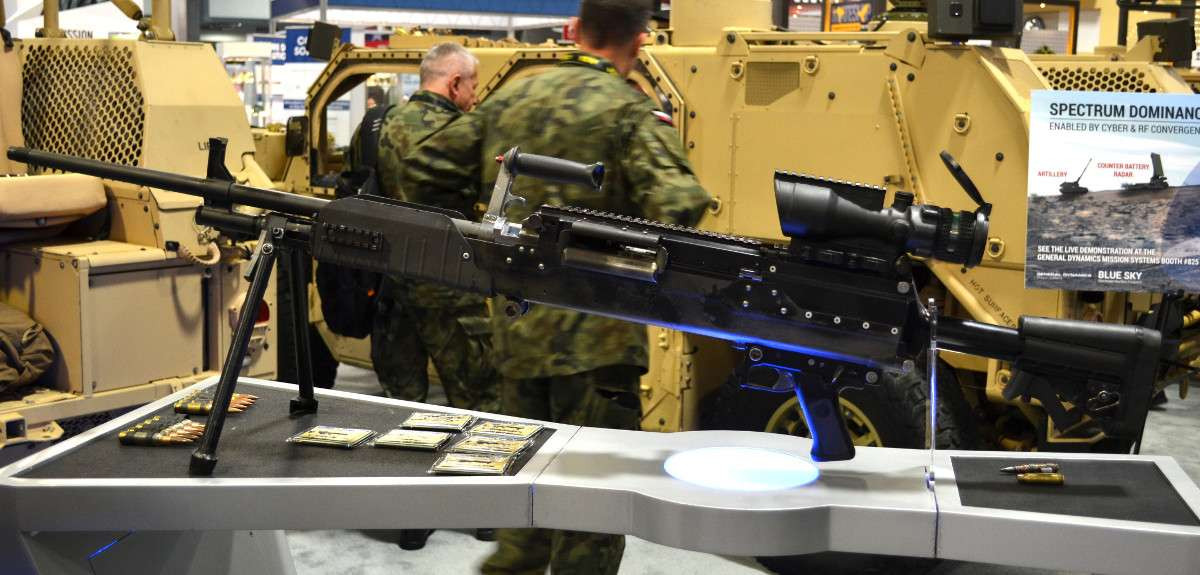
These are derivatives of the AR-15/M16 platform, but feature a physical gas piston to move the internals rather than using the older “direct impingement” system that blows actual propellant gas into the middle of the gun to cycle the action. Many believe the piston offers superior reliability and requires less maintenance since it keeps particulate matter out of the weapon’s inner workings.
We have no idea whether Sig Sauer proposed a belt-feed conversion or the existing magazine fed system, which can also accept high-capacity drums. It is worth noting that the U.S. Marine Corps has found it acceptable to replace select M249s within its units with the magazine-fed M27 Infantry Automatic Rifle (IAR), a version of Heckler and Koch’s HK 416 rifle. That rifle uses a similar operating concept as the MCX.

Thanks to an official company press release, we actually know that Belgian firm FN’s U.S.-based subsidiary proposed a version of that company’s Heat Adaptive Modular Rifle, or HAMR. This is a derivative of the company’s SCAR-series, which is in service with U.S. special operations forces units.
HAMR, which FN submitted as a contender for the Marine Corps’ IAR competition, differs from the standard rifles in that it has a heavier barrel and features a special system that switches from so-called “closed bolt” to “open bolt” operation as the weapon gets hotter. It’s not entirely clear how this system works, but this entry was the only concept the Army rated “yellow.”

In closed bolt operation, the gun’s resting position is with the action locked in place with a round in the chamber. The open bolt state locks the bolt to the rear after a shooter stops firing, allowing the action to cool faster and eliminating the possibility of a cartridge cooking off. We also don’t know how much HAMR shares with the other SCAR-series weapons, but that could be an added advantage for FN.
In August 2017, the Army told prospective manufacturers that during the 2019 Fiscal Year it would decide whether or not the NGSAR would also be suitable as a “squad designated marksman, medium machine gun, and the carbine,” according to a contracting document. This means the gun, or variants thereof, could actually serve as the basis for a replacement for M4A1 carbines, M110 designated marksman rifles, and other systems.
The medium machine gun concept would be new, but it is one that U.S. Special Operations Command is already investigating. The top special operations headquarters is interested in a 6.5mm gun that would fill a capability gap between the M249 and similar guns and larger 7.62x51mm weapons such as the Mk 48 and M240.
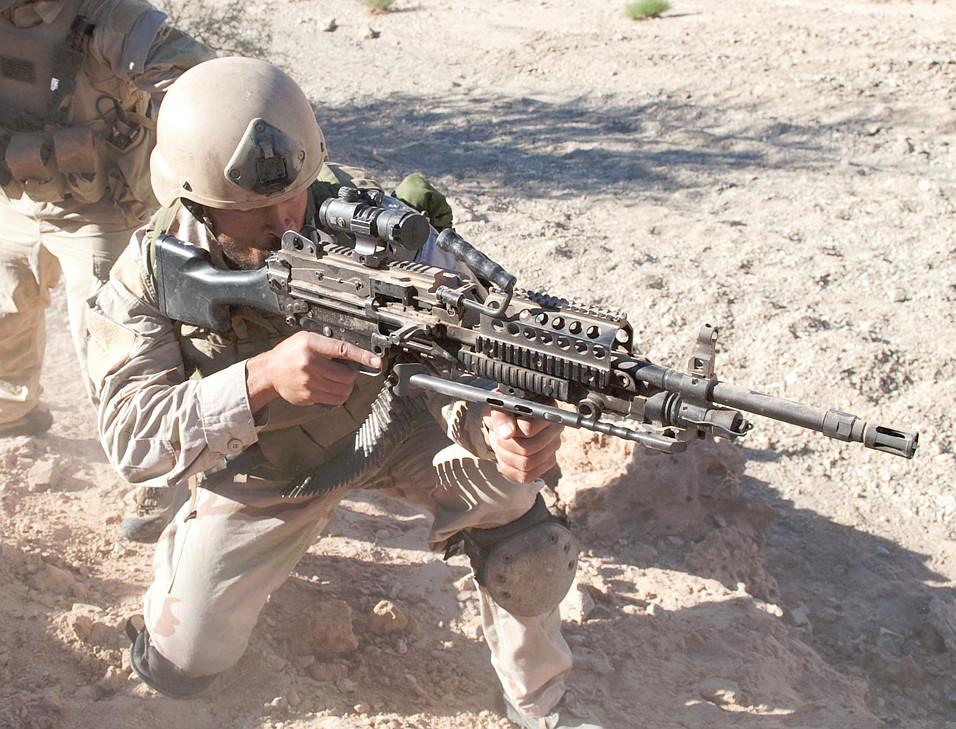
It is very possible that at least some of the NGSAR entrants are looking to submit proposals for that program, as well. It would make sense to try and pitch a weapon that could share a common logistics chain with the much larger Army program, both in terms of ammunition and spare parts. Any commonality with existing systems could be a boon, too.
“Our 5.56mm is going to be in our inventory for a long time,” Ostrowski added. This makes a certain amount logistical and fiscal sense since the Army still has millions of rounds of this ammunition and hundreds of thousands of guns chambered to fire it.
If the Army keeps to its plans to make a decision on the additional variants in the 2019 fiscal cycle, which begins on Oct. 1, 2018, we might not have to wait much longer to see how this program evolves. Ostrowski also indicated to Military.com that the project was on track to see the first weapons go to combat units in 2022, though this could end up pushed back to 2023. That would still be two years earlier than the service had planned just as of 2017.
In the meantime, we will definitely keep keeping our eyes open for any new information about the various proposals, any one of which could become the Army’s next squad automatic weapon.
Contact the author: jtrevithickpr@gmail.com
